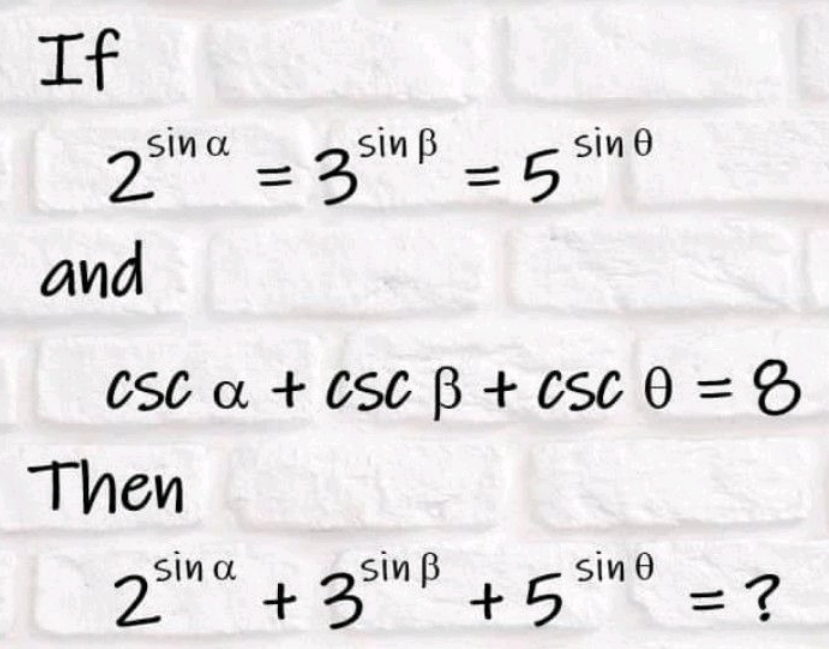
AllQuestion and Answers: Page 354
Question Number 186190 Answers: 0 Comments: 1
Question Number 186188 Answers: 0 Comments: 0
Question Number 186187 Answers: 0 Comments: 4
Question Number 186181 Answers: 1 Comments: 0
Question Number 186172 Answers: 2 Comments: 0

Question Number 186171 Answers: 1 Comments: 0
Question Number 186170 Answers: 1 Comments: 0
Question Number 186165 Answers: 1 Comments: 0

Question Number 186163 Answers: 3 Comments: 0

Question Number 186408 Answers: 1 Comments: 0

Question Number 186152 Answers: 1 Comments: 0
Question Number 186146 Answers: 0 Comments: 0

Question Number 186144 Answers: 0 Comments: 9

Question Number 186143 Answers: 2 Comments: 0

Question Number 186142 Answers: 0 Comments: 0

Question Number 186141 Answers: 0 Comments: 1

Question Number 186132 Answers: 1 Comments: 4

Question Number 186126 Answers: 0 Comments: 1

Question Number 186125 Answers: 1 Comments: 0

Question Number 186124 Answers: 1 Comments: 1

Question Number 186123 Answers: 0 Comments: 0

Question Number 186111 Answers: 2 Comments: 2

Question Number 186103 Answers: 0 Comments: 0
Question Number 186105 Answers: 3 Comments: 0
Question Number 186099 Answers: 1 Comments: 0
Question Number 186094 Answers: 0 Comments: 0
Pg 349 Pg 350 Pg 351 Pg 352 Pg 353 Pg 354 Pg 355 Pg 356 Pg 357 Pg 358
